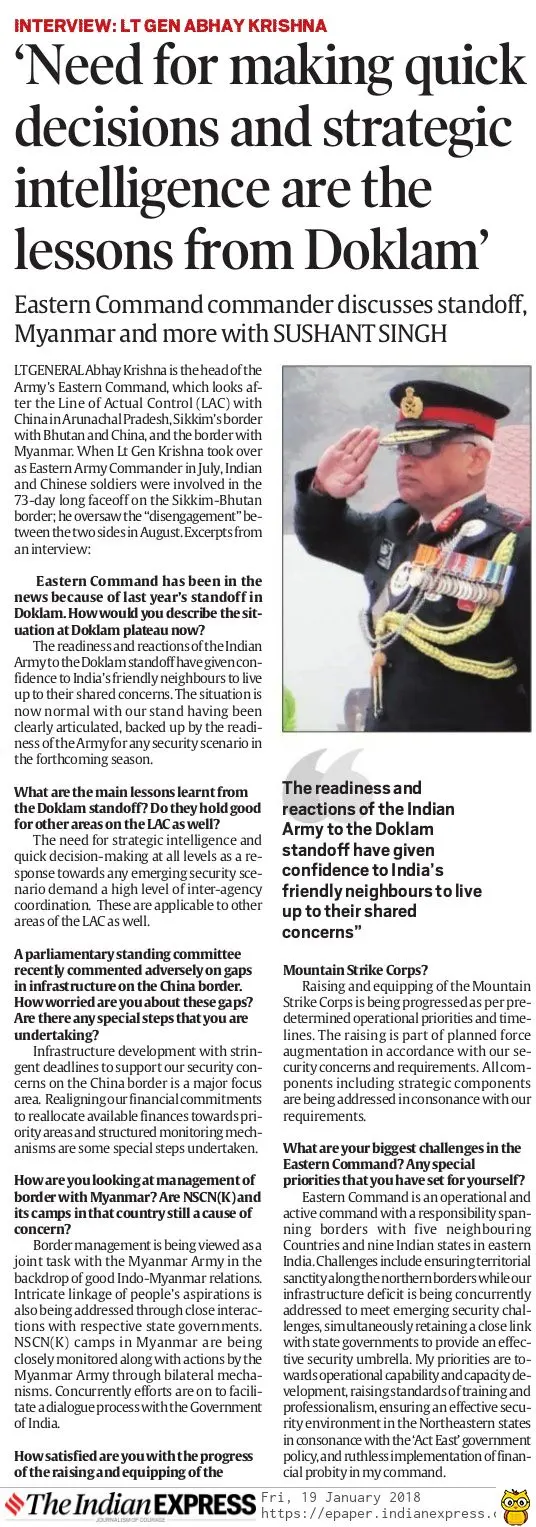Gauri Chhabra
In a path-breaking move, the Indian Army opened combat positions for women, a gender barrier broken by only a few countries globally. The role of women in the armed forces for a long time was limited to the medical profession, that is doctors and nurses. In 1992, the doors were thrown open for women’s entry as regular officers in aviation, logistics, law, engineering and executive cadres. Thousands of spirited young women applied against advertisements and it was a turning point in the history of the Indian Army. In the recent years, steps have been taken to make armed forces more women inclusive by enabling them to serve on submarines, in ground combat positions and tank units. In February 2016, President Pranab Mukherjee announced that women will be allowed to take up combat roles in all sections of the Indian Armed Forces, signalling a radical move towards gender parity in one of the world’s most male-dominated professions. A few months ago, the Integrated Headquarters of the Ministry of Defence has asked all wings of the Army to come up with suggestions for roles for women. In October, the government took the first steps towards bringing women into combat roles and approved air force plans for female pilots to fly warplanes from June 2017, on a three-year experimental basis.
Getting in
The Indian Armed Forces are the federal military forces of the Union of Republic of India. It consists of four professional uniformed services: The Indian Army, Indian Navy, Indian Air Force and Indian Coast Guard. Recruitment is voluntary, which implies that every citizen of India is eligible to be a part of it, provided he/she fulfils the specified criteria for selection. Manpower in each of the services is broadly divided into commissioned officers, JCO’s (Junior Commissioned Officers) and other ranks, based on their qualifications and seniority.
Selection process
The procedure for becoming a lady officer in the army is the same as the one followed for men. The candidates have to clear a written exam — CDSE in this case — or there is direct shortlisting on the basis of cutoff percentage, like in the SSC-Tech and NCC entries. After getting selected in the initial process that is written or getting shortlisted, Service Selection Board(SSB) calls are made. The women candidates are called at various selection centres of the Indian Army. Post getting recommended in the SSB, which is a two-stage process, — after clearing stage I you advance to stage II — medical examination of successful candidates is conducted. The All India Merit List decides the final entries, based on the vacancies.Currently, women in the non-medical cadre, serve as Short Service Commissioned (SSC) officers. Under this commission, they can serve in the armed forces for a period ranging from 5-14 years. On release, they can pursue a career in the civil sector. SSC officers are released with gratuity and can avail some benefits as ex-service person, but they do not get pension. Women in the medical branch that is doctors and nurses can serve as Permanent Commissioned (PC) officers and are eligible for pension after retirement. They also have the option to serve as SSC officers.Here is the list of branches, in which eligible women candidates serve as Short Service Commissioned officers…ArmyThe Combined Defence Services (CDS) examination is conducted twice a year by the Union Public Service Commission for recruitment into the Indian Military Academy (IMA), Officers Training Academy (OTA), Indian Naval Academy (INA) and Indian Air Force Academy (AFA).Girls are only eligible for Officers Training Academy (OTA). The other three — IMA, AFA and INA — are only for men candidates. NCC special entry: You can take the NCC Special entry exam if you are an NCC women cadet. The qualification needed is: The candidate should be between 19-25 years of age. The candidate must have completed a degree with 50 per cent aggregate.JAG entry: This entry is for the law graduates. Age limit is between 21-27 years. Education qualification should be LLB degree.Air ForceAir Force Common Admission Test (AFCAT) is a written exam conducted by Indian Air Force twice a year to induct officers in the IAF. The written exam is followed by Air Force Selection Board Interview for shortlisted candidates. The air force entry is possible for women through the AFCAT. The candidates should be a graduate from any stream with physics and Maths in Class XII.NavyPresently, the women are recruited for ATC, observer, law, logistics, education, naval architecture streams.Short Service Commissioned Officer Under University Entry Scheme (UES): Women candidates who fall between19-25 years of age. Educational qualification: Should have completed B.E/B.Tech degree in Naval Architecture / Mechanical / Civil / Aeronautical/ Metallurgical/ Aerospace engineering with an aggregate of 60 per cent are eligible. SSC Naval Architecture: The candidate appearing for this exam should be between 21-25 years of age and should have completed B.E/B.Tech in Computer Science, IT, Electrical, Electronics, Mechanical or M.Sc in physics/ maths/ computer application, with at least 50 per cent marks.SC ATC: The candidate should be 19-25 years of age. The candidate should have completed B.E/ B.Tech (any discipline) with 60 per cent marks from a recognised university/ institution with maths and physics in Class XII.SSC Observer: The candidate should be between 19-24 years of age and should have completed B.E/ B.Tech in any discipline with minimum 55 per cent marks from a recognised university/ institution with maths and physics in Class XII.SSC Logistics: The candidate should be within 19-25 years of age. Educational qualification: B.Tech/ B.E (any discipline), MBA with First Class, B.Sc/ B.Com/ B.Sc(IT) with first division and a Post Graduate Diploma in Material Management/ Finance/ Logistics/ Supply Chain Management.Catering billetsM.Sc (Hotel Management)/ MBA (Hotel Management)/ BSc or BA with First Class and a Post Graduate Diploma in Hotel Management.SSC education: The candidate should be between 21- 25 years of age.
- B.E/ B.Tech/ M.Tech in IT/ Computer Science Engg / Electrical & Electronics/ Electronics & Telecommunication/ Electronics & Instrumentation / Mechanical/ Electronics and Communication/ Instrumentation/ Telecommunication.
- M.Sc (maths) with physics in B.Sc /M.Sc (physics) with maths in B.Sc / M.Sc (Operational Research)/ M.Sc (Analysis).
- MCA (physics or maths at graduation level).
- M.A (english) / M.A (history).
Indian Coast GuardWomen are recruited in Coast Guard only as officers in General Duty (Pilot / Navigation) and General Duty (CPL Holders, Short Service entry) branches. The selection process for women is similar to that of male candidates. Assistant Commandant (GD)-SSA: General Duty (Short Service Appointment for a period of eight years, which may be extended to ten years and can be further extended upto 14 years). Age limit: 21-25 years (Five years relaxation for SC/ST and three years for OBC) Bachelor’s Degree in any discipline from any recognised university by central/ state government/ UGC with mathematics and physics as subjects upto Class XII.
Assistant Commandant (Law)
Age limit: 21-30 years (Five years relaxation for government employees)(i) A degree in law (ii) Knowledge/ Experience connected with International Law/ Maritime LawTAKE THE CHALLENGE HEAD ON As commissioned officers are between the age of 22-23 years, they may often have subordinates older than their parents. Hence, from day one, it is a challenge and leadership qualities are under test. An officer may have to work in tough terrains or difficult circumstances. Most women, however, who undergo training as cadets in various military academies, cope up with various difficult situations easily. Being a transferable job, transfers and movements are seen as unique travel opportunities to remote locations in the country.
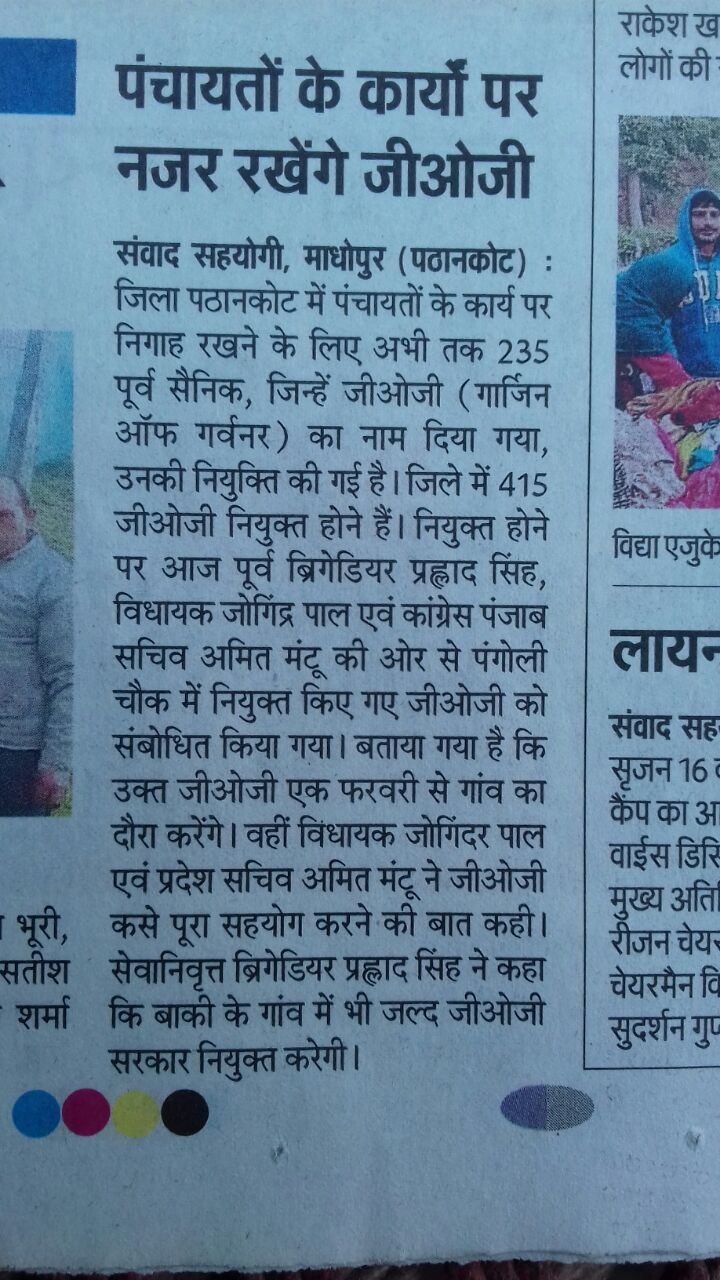
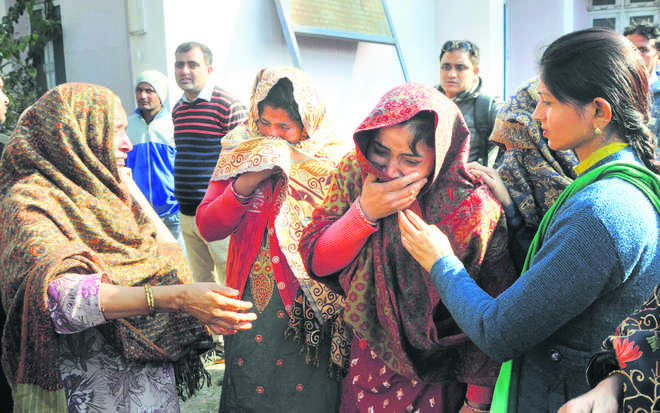
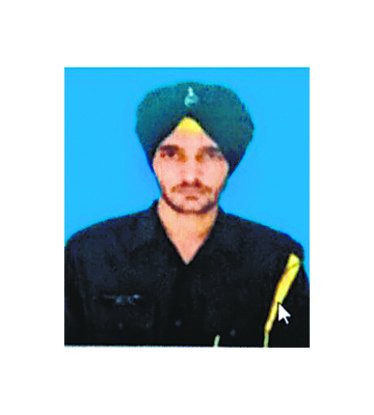





















































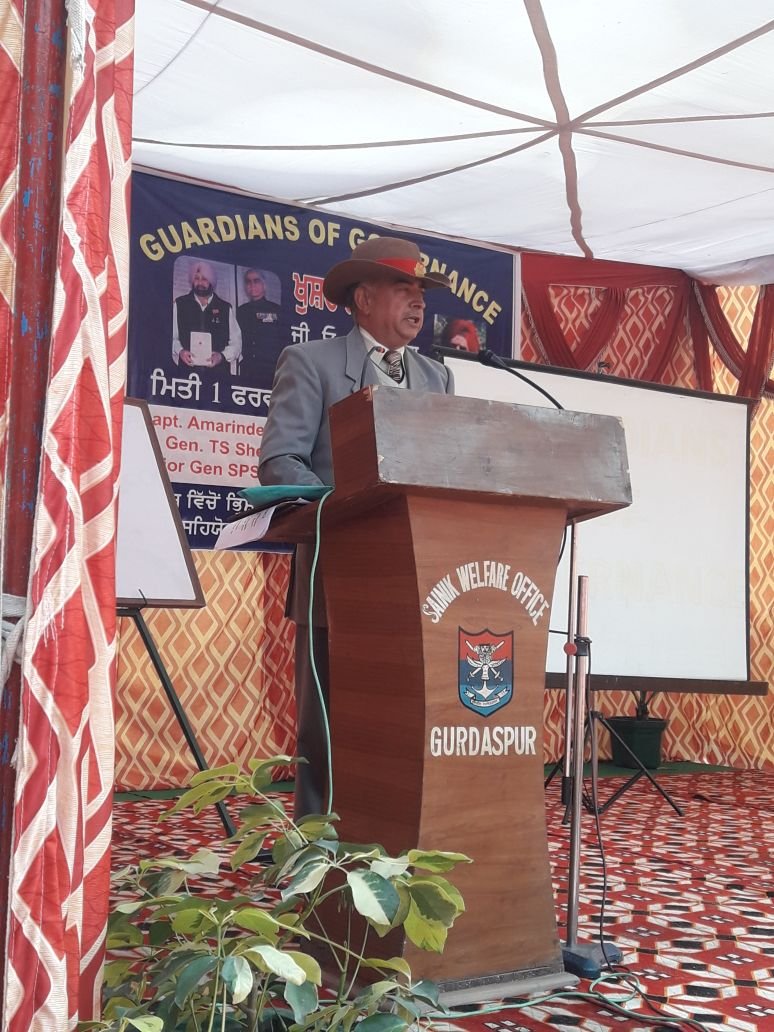
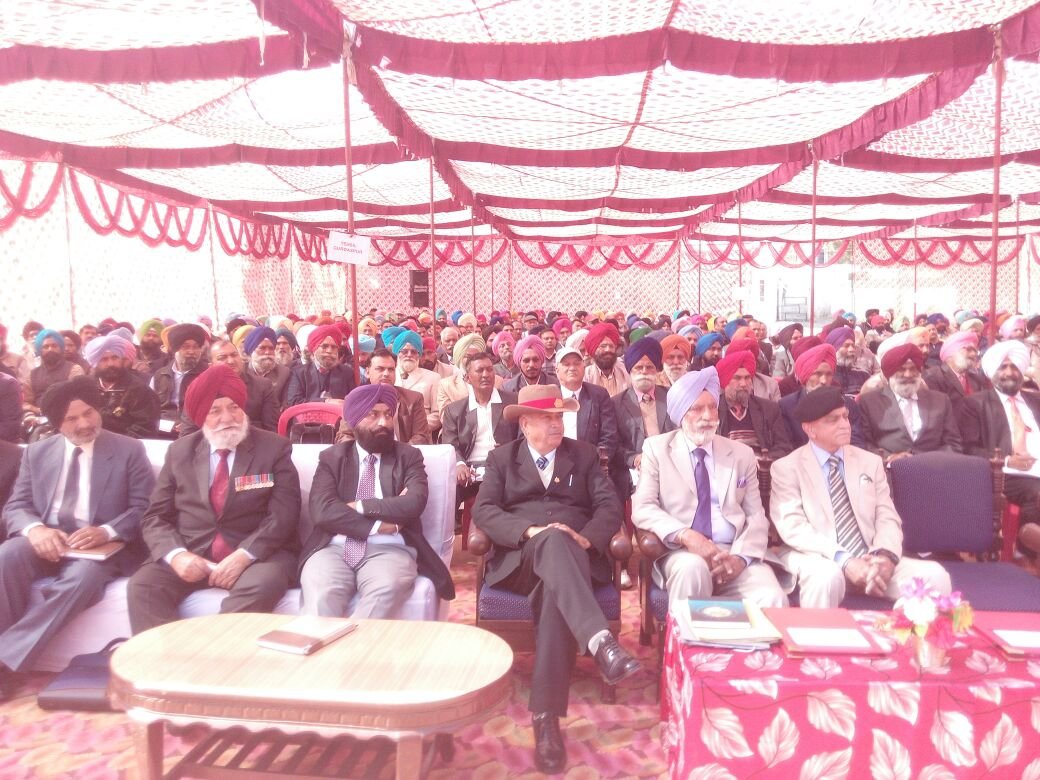
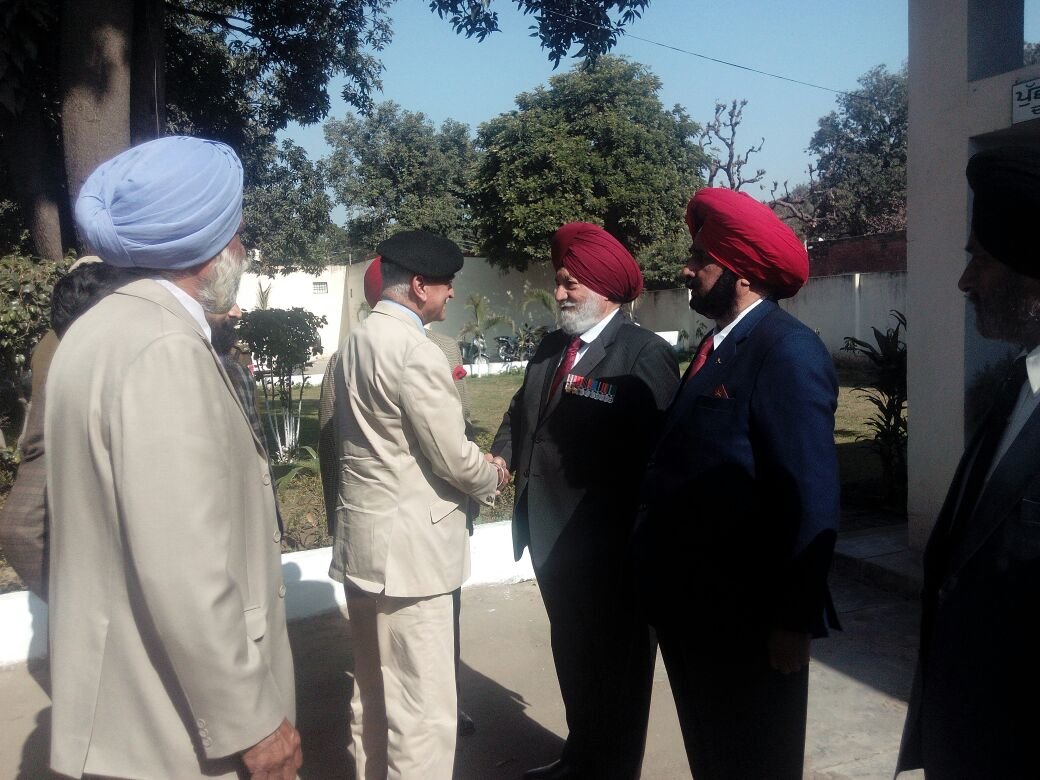

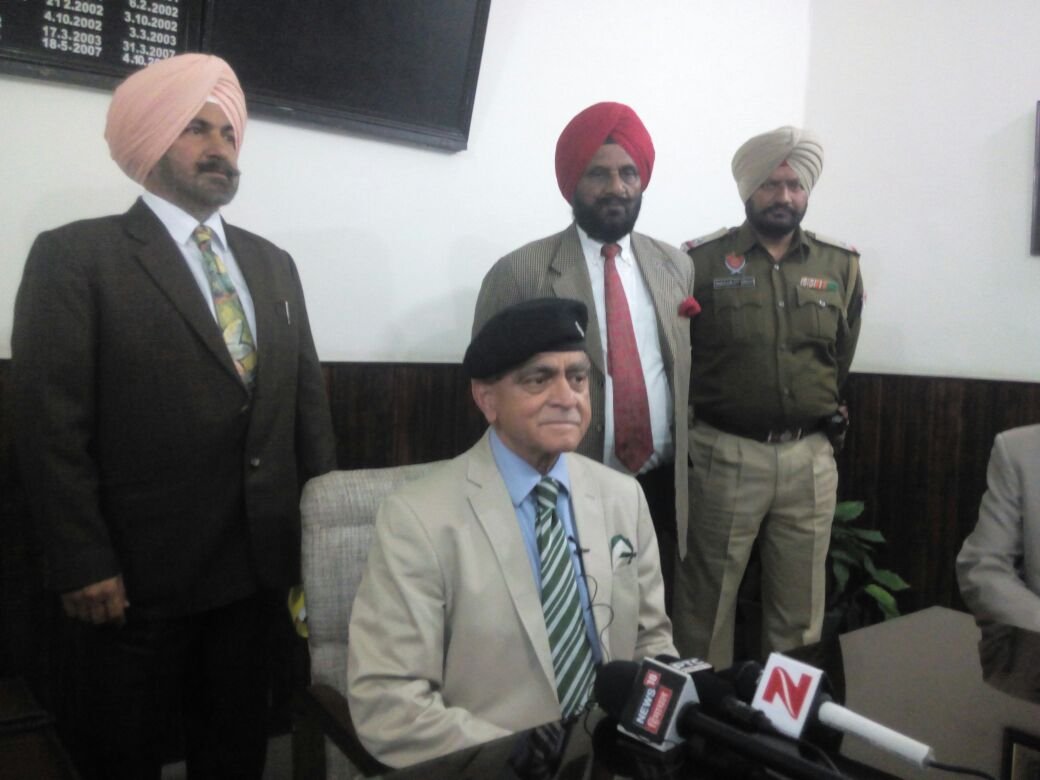

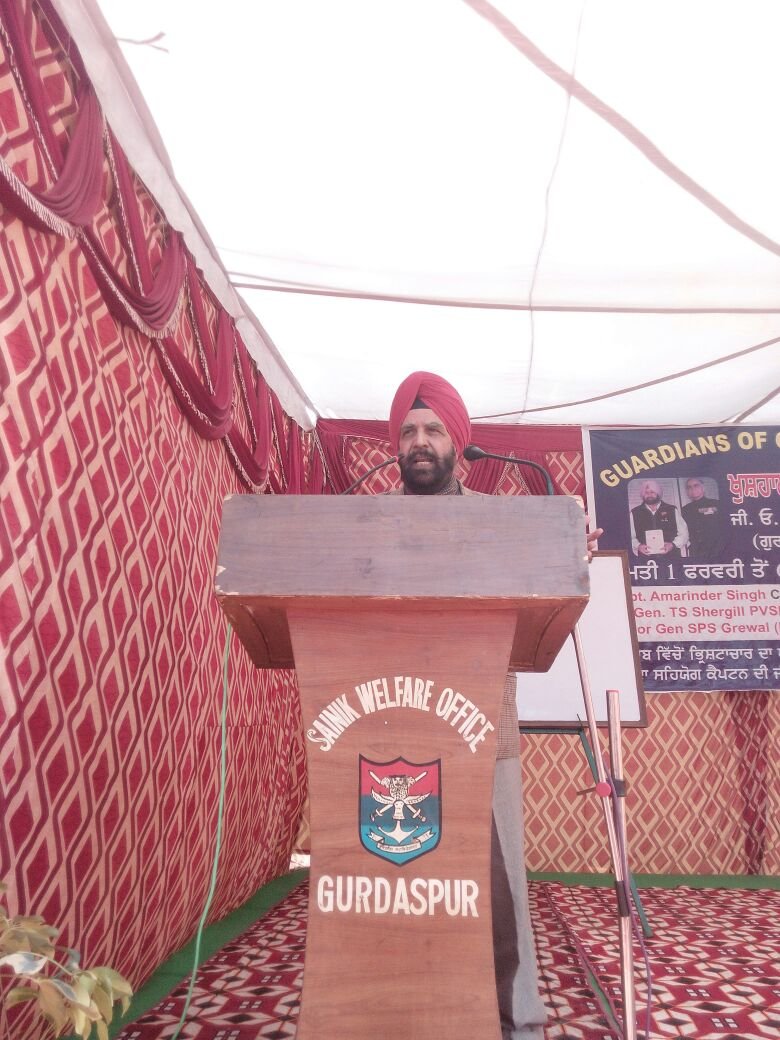
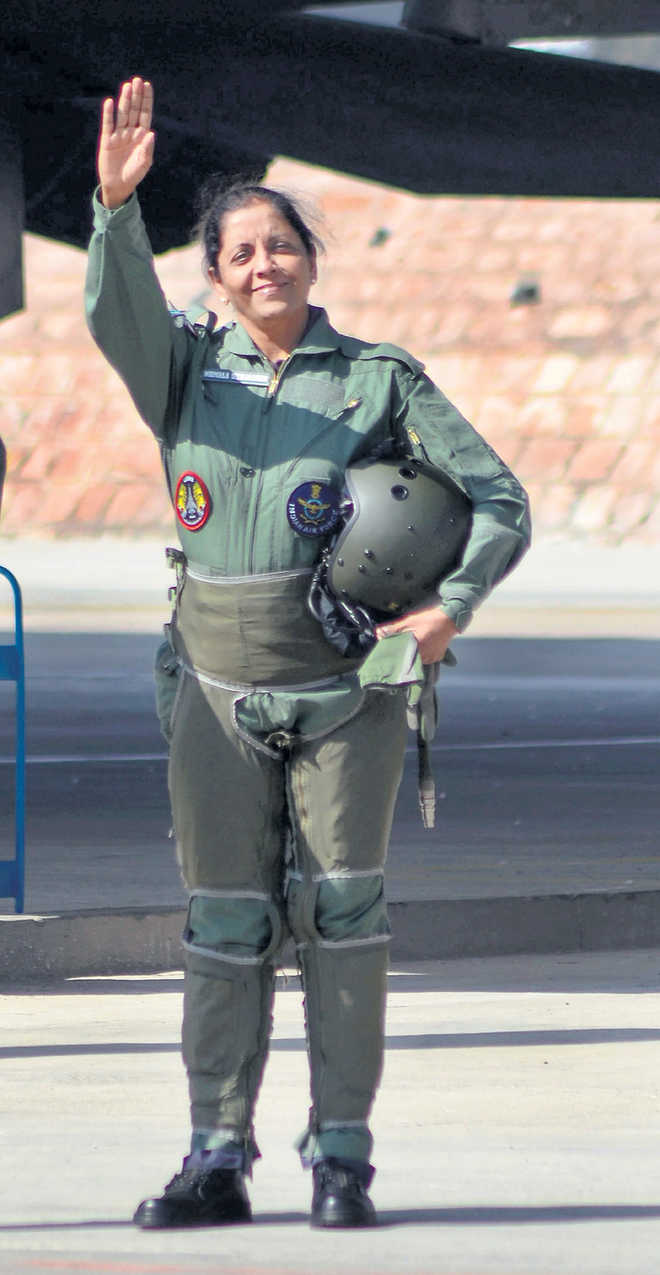
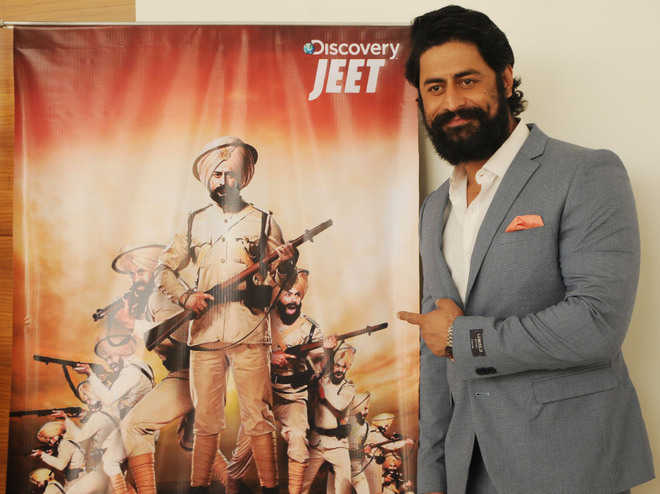
 WASEEM ANDRABI/HT
WASEEM ANDRABI/HT
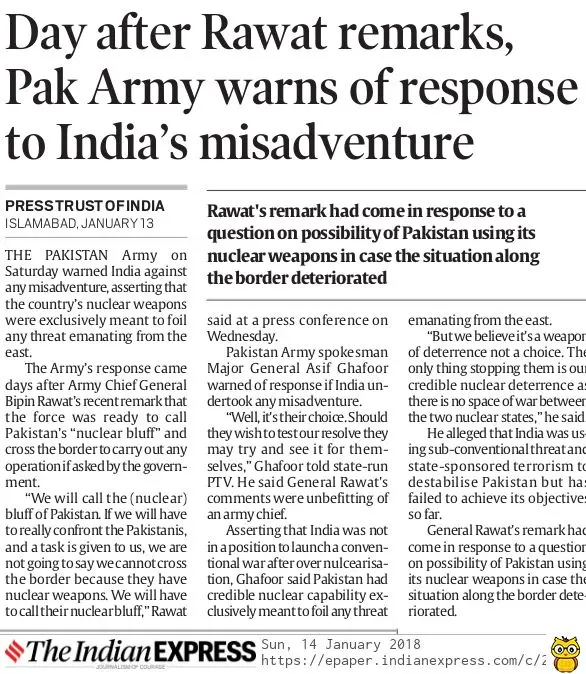
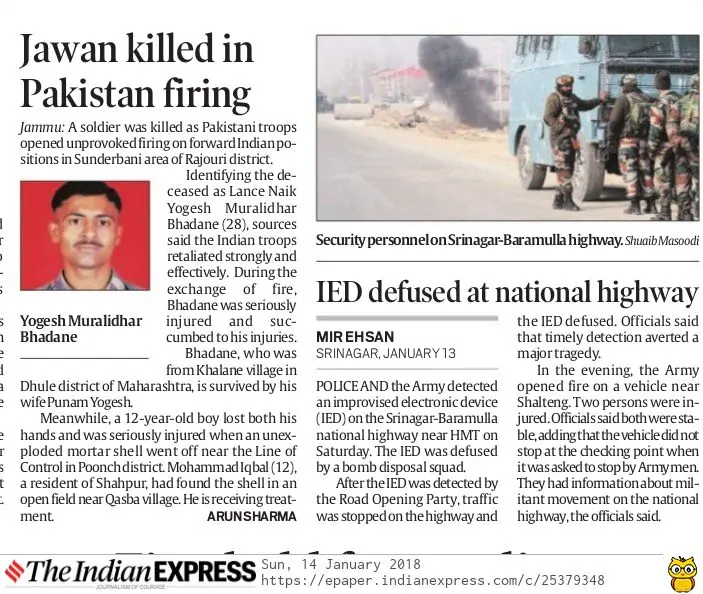
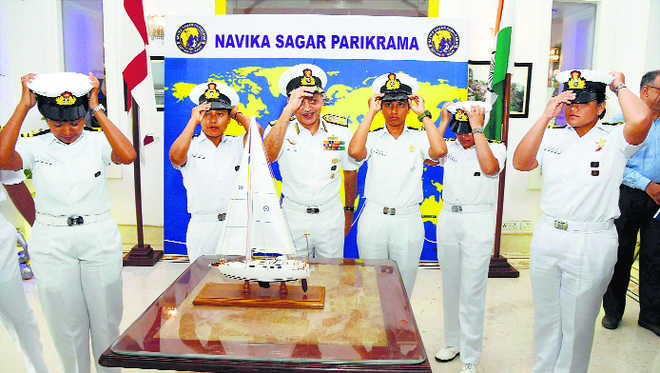
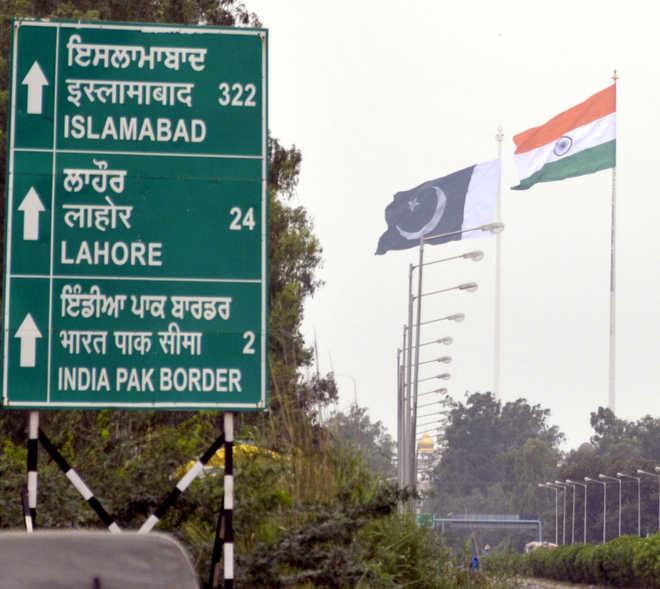
 NITIN KANOTRA/HT
NITIN KANOTRA/HT


